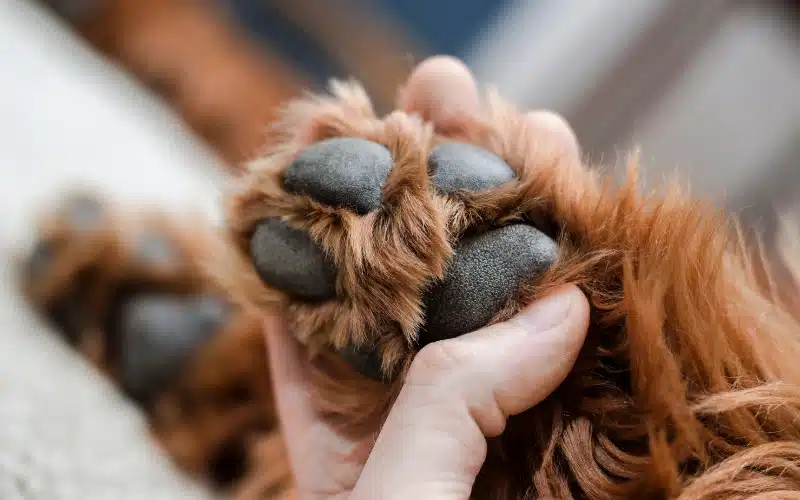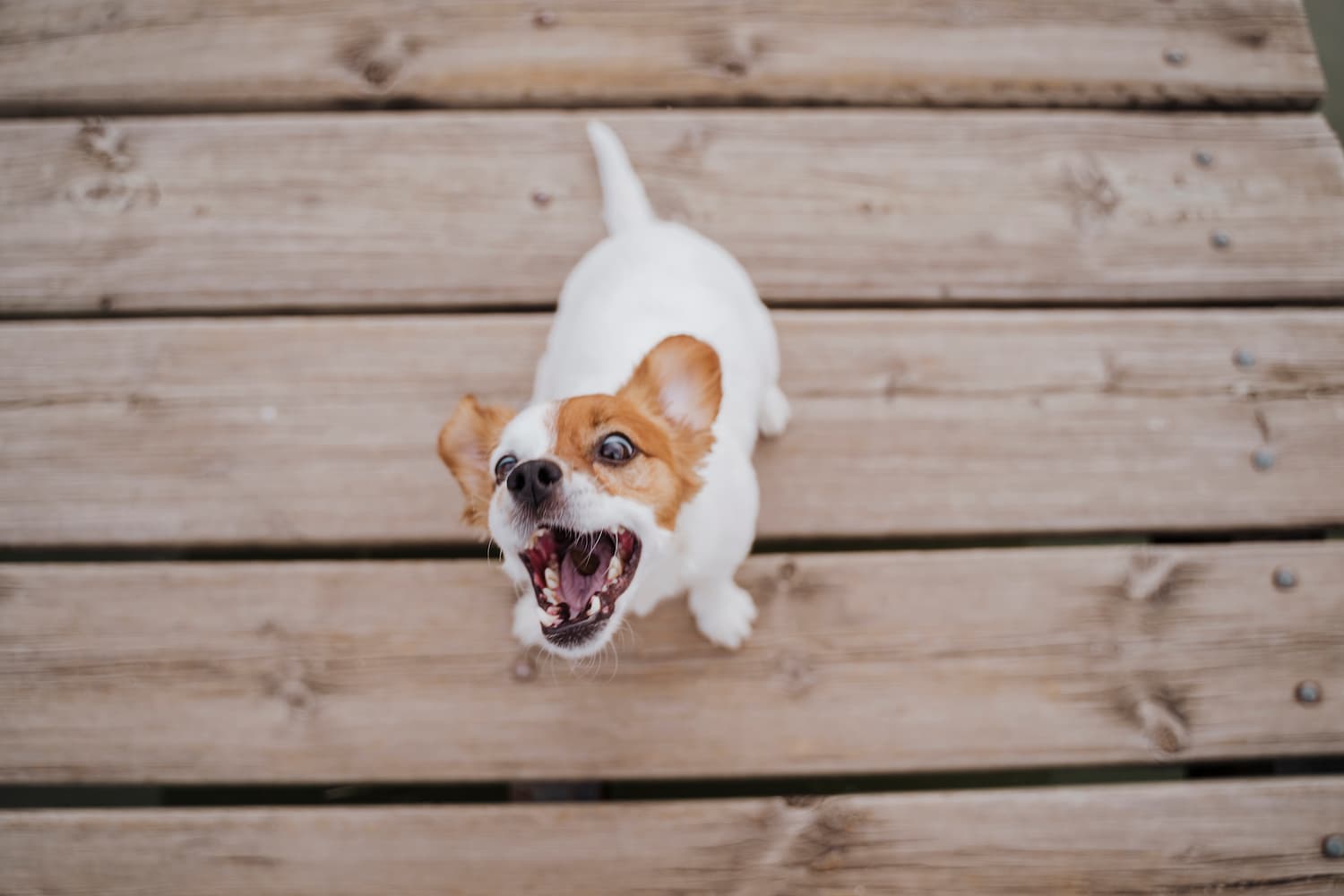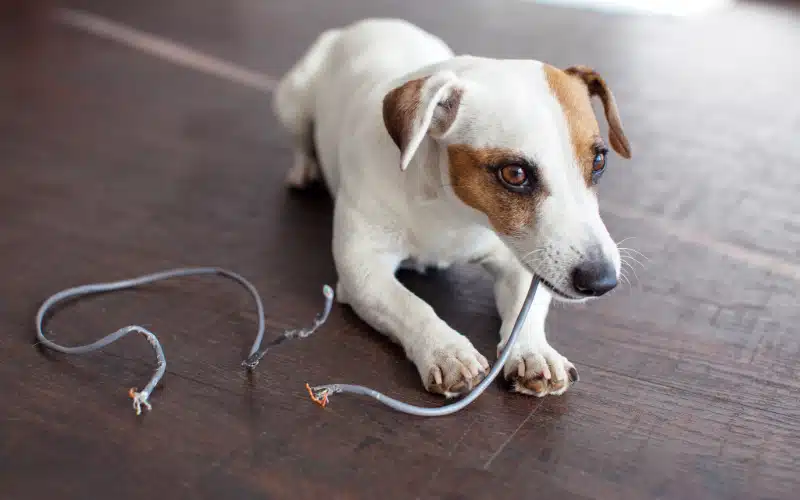
Protecting Your Pet’s Paws: A Guide to Preventing and Handling Burns
We know all too well how the heat and humidity affects our pets. The scorching sun can turn asphalt, sand, and concrete into dangerously hot surfaces. Just like we take measures to protect our skin from the sun, it is crucial to safeguard our pets’ paws from getting burned. A 90-degree day can send the asphalt temperature to as high as 140 degrees Fahrenheit! Keep reading as we explore how to prevent burns and protect those paw pads, identify what paw burns look like, and learn how to handle the situation if your pet does suffer burns.
Prevention is Key
There are many things pet parents can do to prevent burned paws in the first place. Always test the pavement with the back of your hand or your bare feet. If it’s too hot for you to stand for more than a few seconds, it’s too hot for your pet’s paws. These additional tips will help ensure your pet’s paw pads remain unharmed:
- Try to take your pet for walks during the cooler parts of the day, such as early morning or late evening. The pavement can heat up significantly during midday, making it uncomfortable for your pet to walk on. Choose shaded routes or grassy areas, if possible.
- Consider using pet-safe paw balms or waxes to create a protective barrier on your pet’s paws. These products can reduce the risk of severe burns.
- Invest in breathable dog booties or socks explicitly designed for summer. These will not only protect your pet’s paws from hot surfaces but also offer added benefits like preventing scratches, keeping them clean, and providing traction.
- Bring water with you during walks and offer your pet breaks in the shade to rest and cool down.
What Burned Paws Look Like
Identifying the signs of burned paws is crucial for early intervention and prompt treatment. Common symptoms of paw burns make look like:
- Limping or Reluctance to Walk: If your pet is hesitant to put weight on their paws or is limping during walks, it may indicate that their paws are injured.
- Visible Redness or Blisters: Check your pet’s paw pads for any signs of redness, swelling, or blisters. These are clear indications of burns.
- Excessive Licking or Chewing: Paw burns can cause irritation and tenderness, leading your pet to lick or chew at their paws more frequently than usual to self-soothe.
- Whining or Vocalization: If your pet appears to be in pain and is vocalizing more than usual, their paws might be to blame.
How to Handle Paw Burns
If you suspect that your pet has burned paws, there are things you can do to provide immediate care.
- Move your pet off the hot surface and into a cool, shaded area or indoors.
- Gently examine your pet’s paws for any visible signs of burns, like redness, or blistering.
- Avoid touching blisters or open wounds as it could cause an infection.
- Carefully clean the affected paws with cool (never cold) water to soothe the burns and pat them dry with a soft towel.
While it may be tempting to bandage the affected paws, it’s better to let them breathe and heal naturally. However, if the burns are severe, seek veterinary advice. Your primary care veterinarian may suggest using a loose, breathable bandage. Even if the burn seems minor, consult with your veterinarian so they can adequately assess and guide you on further treatment and care.
Protecting our pets from the summer heat is a responsibility that all pet parents should take seriously. Remember to be vigilant during walks, look out for signs of burned paws, and seek veterinary attention promptly if you suspect your pet is suffering. With proper care and attention, we can keep our pets safe and happy during the hottest months of the year!
Animal Emergency Hospital Volusia and Animal Emergency Hospital DeLand teams are here 24 hours a day, 365 days a year to assist with any emergencies your pet may experience.



